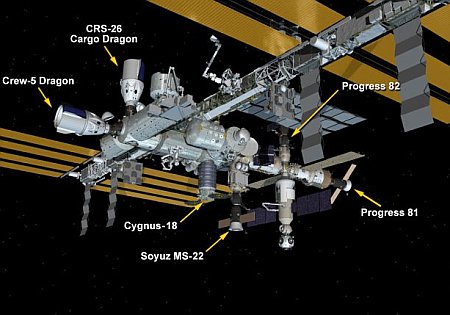SpaceX successfully launches 40 OneWeb satellites
SpaceX today used its Falcon 9 rocket to successfully launch 40 OneWeb satellites, joining with India to replace the launch services of Russia.
This was the first SpaceX launch for OneWeb. The first stage completed its fourth flight, landing back at SpaceX’s launchpad at Cape Canaveral. The fairings completed their fifth and sixth flights.
The leaders in the 2022 launch race:
55 China
55 SpaceX
21 Russia
9 Rocket Lab
8 ULA
The U.S. nowl leads China 79 to 55 in the national rankings, though it still trails the entire world combined 86 to 79.
SpaceX today used its Falcon 9 rocket to successfully launch 40 OneWeb satellites, joining with India to replace the launch services of Russia.
This was the first SpaceX launch for OneWeb. The first stage completed its fourth flight, landing back at SpaceX’s launchpad at Cape Canaveral. The fairings completed their fifth and sixth flights.
The leaders in the 2022 launch race:
55 China
55 SpaceX
21 Russia
9 Rocket Lab
8 ULA
The U.S. nowl leads China 79 to 55 in the national rankings, though it still trails the entire world combined 86 to 79.



